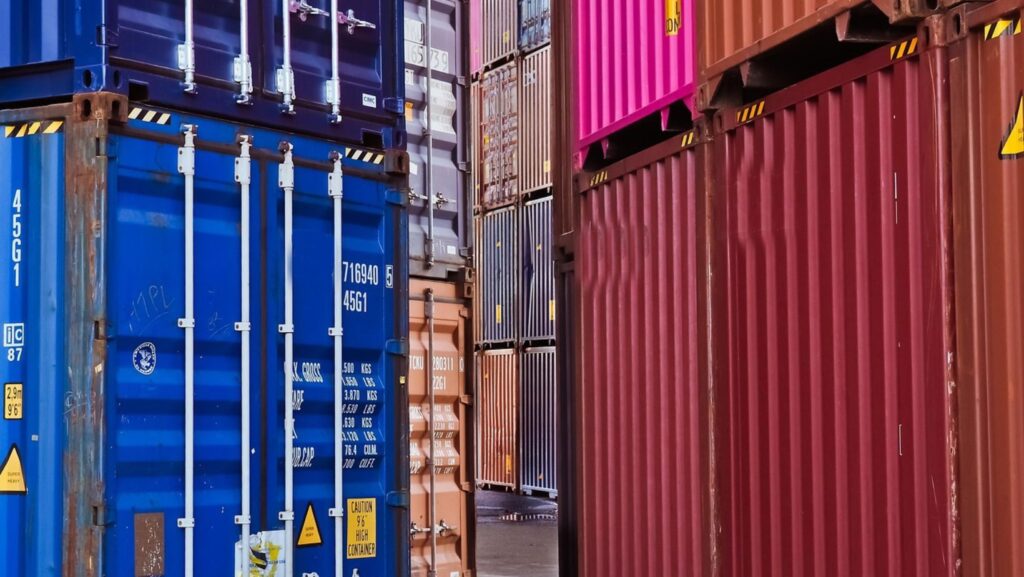Remote setups keep changing. Old storage plans struggle when crews spread across different areas or rotate shifts. Having lockers or pods right at the work location helps fill such gaps. They allow firms to keep important items close to action without renting huge buildings. This shift also shows a deeper change in how managers back hybrid teams while staying within a tight budget.
New Ways to Use Space with Mixed-Location Jobs
Teams set up in many spots need ladders, laptops, and printed charts every day. When individuals split time between home and work, closets at headquarters no longer fit. Companies must find fresh sites for supplies so workers can avoid long trips just to grab a drill or folder. A rounded approach can also save both deliveries and time.
Cutting Office Costs While Staying Effective
Leasing big floors for every group drains cash. Many firms also shrink square footage to save money, but that leaves no room for spare monitors, cords, or stock boxes. Staff may stash goods at home or in random rentals, which creates clutter and risk.
Small ground-level containers solve this by holding only the must-have gear close to each team. Firms avoid paying for empty desks yet still keep kits within reach. The plan fits flexible work because it offers access without forcing staff back into pricey offices.
Helping Site Crews with Steady Pick-Up Spots
Field workers often lose hours fetching lost bits or waiting on late shipments. Each ride back to base means less time on the build or repair. Fortunately, an on site storage pod lets crews reload gloves, cables, or spare parts in minutes.
When the crew moves to a new location, the pod can move too. A rolling hub turns into part of the daily flow, trimming delays and boosting output. Fewer trips and quicker grabs further keep schedules tight and customers happy.
Stock Tracking That Travels with the Team
Keeping count of parts turns tricky when deliveries land at different addresses. A single missed package can slow an entire build. Hybrid groups need one clear drop zone that rides with them. Portable lockers give drivers a solid target for every shipment. Workers log items right on the spot and stash them neatly. This simple system cuts mix-ups, keeps counts clear, and lets everyone see what is on hand.
Guarding Important Items in Every Place

High-value tools and private papers cannot rest in a spare bedroom or open desk. One slip can cost a fine or break trust. Hybrid work adds more hands and doors, so risk rises. Lockable pods with cameras and badge readers keep delicate items safe and close. Only cleared staff open the door, and sensors track every visit. The setup hides the gear from strangers yet stays handier than hauling assets back to headquarters.
Expandable Units for Bigger Jobs
A small gig may need only one container, but a new contract can double supply lists overnight. Long leases trap money when demand drops, and tiny closets burst when demand spikes. The ease to grow or shrink helps planners match cost to real need, keeping projects lean and steady.
Matching Real-World Gear to Online Tasks
Even cloud tools rely on routers, chargers, and promo banners. Forgetting the physical side can stall launches or events. Digital planners often overlook where to park these items until crunch time.
Linking a storage pod to online schedules keeps hardware and print goods lined up with virtual plans. A tech can swing by, patch software, then lock the laptop away. A marketing lead can send posters straight to the pod near the venue. Smooth hand-offs mean no last-minute scrambles.
Endnote
As crews hop between spots and hours shift, firms need safe, nearby spots for tools and files instead of huge, costly rooms. On-site units give that answer, bridging the gap between freedom and order.
